Author: Berend Smit
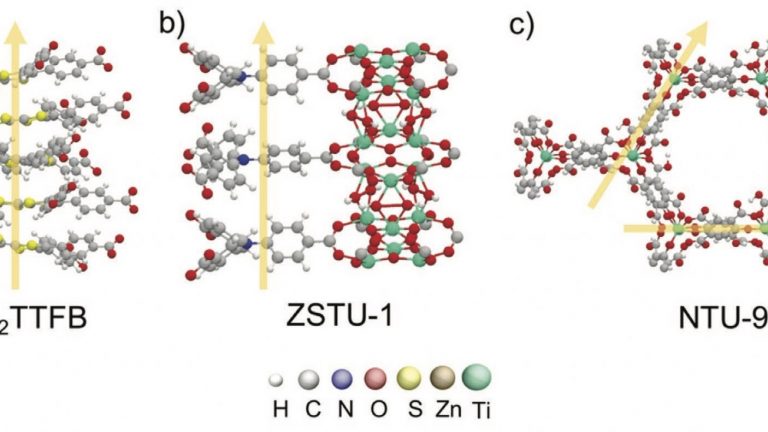
Charge Separation and Charge Carrier Mobility in Photocatalytic MOFs
M. Fumanal, A. Ortega-Guerrero, K. M. Jablonka, B. Smit, and I. Tavernelli, Charge Separation and Charge Carrier Mobility in Photocatalytic Metal-Organic Frameworks Adv. Funct. Mater. (2020) http://dx.doi.org/10.1002/adfm.202003792 Abstract Metal‐organic frameworks (MOFs) are highly versatile materials owing to their vast structural and chemical tunability. These hybrid inorganic–organic crystalline materials offer an ideal platform to incorporate light‐harvesting (…)
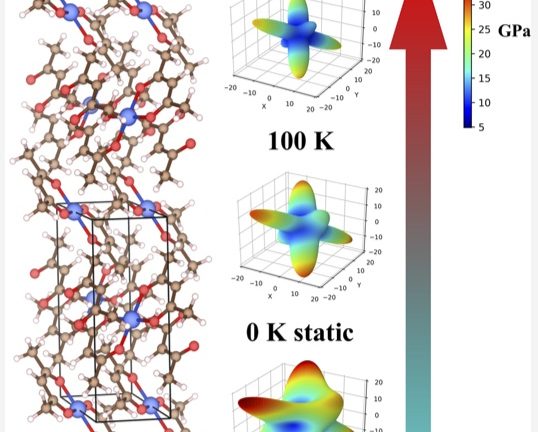
Thermoelasticity of Flexible Organic Crystals
J. Maul, D. Ongari, S. M. Moosavi, B. Smit, and A. Erba, Thermoelasticity of Flexible Organic Crystals from Quasi-harmonic Lattice Dynamics: The Case of Copper(II) Acetylacetonate J Phys Chem Lett, 8543 (2020) doi: 10.1021/acs.jpclett.0c02762 Abstract: A computationally affordable approach, based on quasi-harmonic lattice dynamics, is presented for the quantum-mechanical calculation of thermoelastic moduli of flexible, (…)
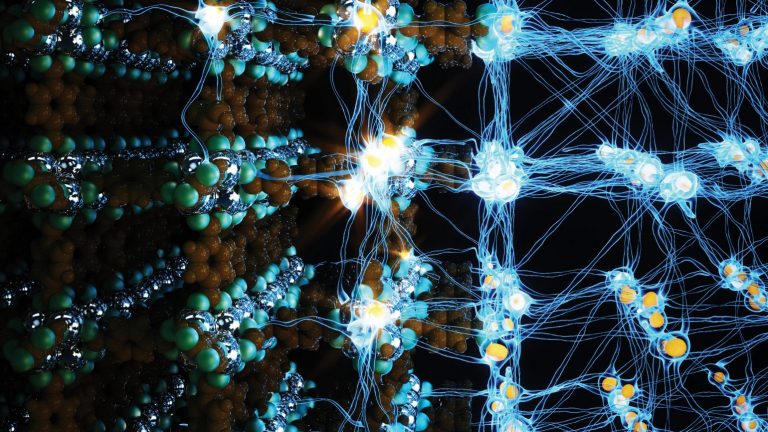
Cover of Chem Rev
MOFs are made for big-data science: The neurons of artificial neural networks, representing the big-data approach to chemistry, become one with the framework of a metal-organic framework (figure by Alexander Tokarev) Ref: K. M. Jablonka, D. Ongari, S. M. Moosavi, and B. Smit, Big-Data Science in Porous Materials: Materials Genomics and Machine Learning Chem. Rev. (…)
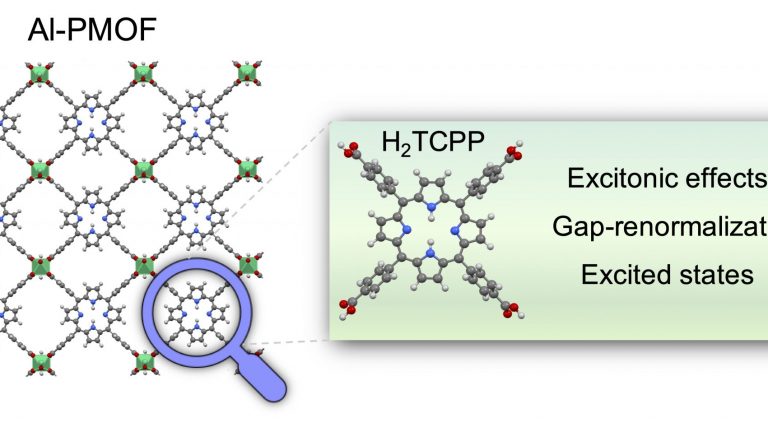
From Isolated Porphyrin Ligands to Periodic Al-PMOF
A. Ortega-Guerrero, M. Fumanal, G. Capano, and B. Smit, From Isolated Porphyrin Ligands to Periodic Al-PMOF: A Comparative Study of the Optical Properties using DFT/TDDFT J Phys Chem C (2020) doi:10.1021/acs.jpcc.0c06885 Abstract: The use of photosensitizers as organic ligands in Metal-Organic Frameworks (MOFs) is a common practice to engineer their UV/Vis optical absorption. For instance, (…)
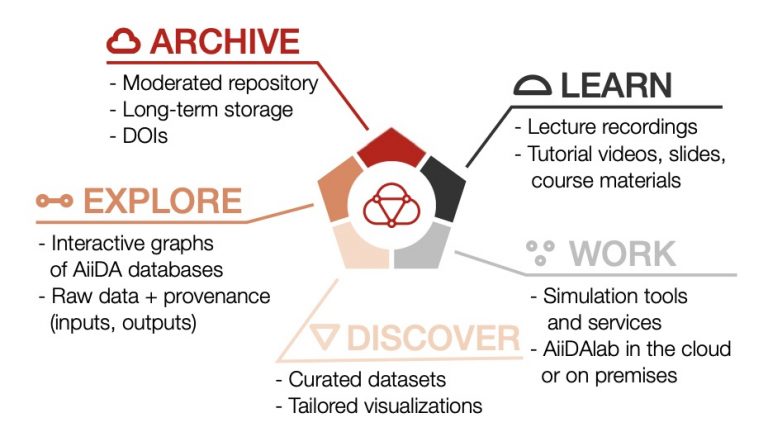
Materials Cloud
L. Talirz, S. Kumbhar, E. Passaro, A. V. Yakutovich, V. Granata, F. Gargiulo, M. Borelli, M. Uhrin, S. P. Huber, S. Zoupanos, C. S. Adorf, C. W. Andersen, O. Schütt, C. A. Pignedoli, D. Passerone, J. VandeVondele, T. C. Schulthess, B. Smit, G. Pizzi, and N. Marzari, Materials Cloud, a platform for open computational science (…)
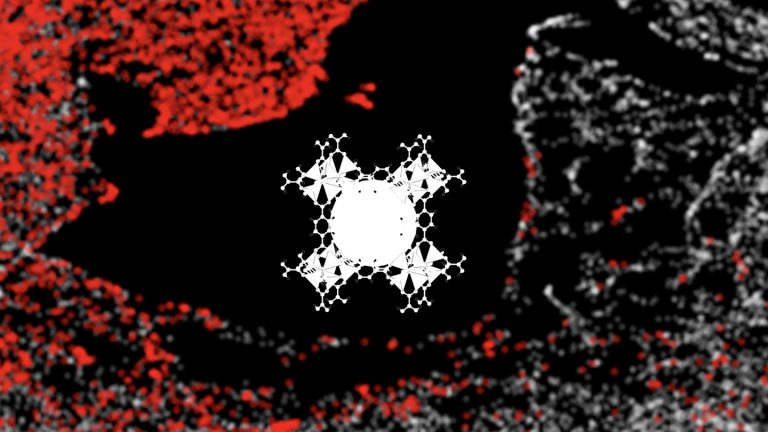
Understanding the diversity of the MOF ecosystem
S. M. Moosavi, A. Nandy, K. M. Jablonka, D. Ongari, J. P. Janet, P. G. Boyd, Y. Lee, B. Smit, and H. J. Kulik, Understanding the diversity of the metal-organic framework ecosystem Nat Commun 11 (1), 4068 (2020) doi: 10.1038/s41467-020-17755-8 Abstract: Millions of distinct metal-organic frameworks (MOFs) can be made by combining metal nodes and (…)
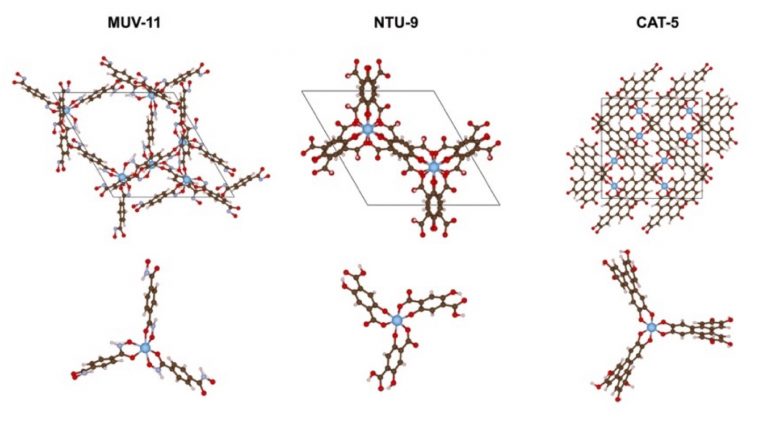
Properties of MOFs: Solid State versus Molecular Perspective
M. Fumanal, C. Corminboeuf, B. Smit, and I. Tavernelli, Optical Absorption Properties of Metal-Organic Frameworks: Solid State versus Molecular Perspective Phys. Chem. Chem. Phys. (2020) doi: 10.1039/D0CP03899G Abstract: The vast chemical space of metal and ligand combinations in Transition Metal Complexes (TMCs) gives rise to a rich variety of electronic excited states with local and (…)
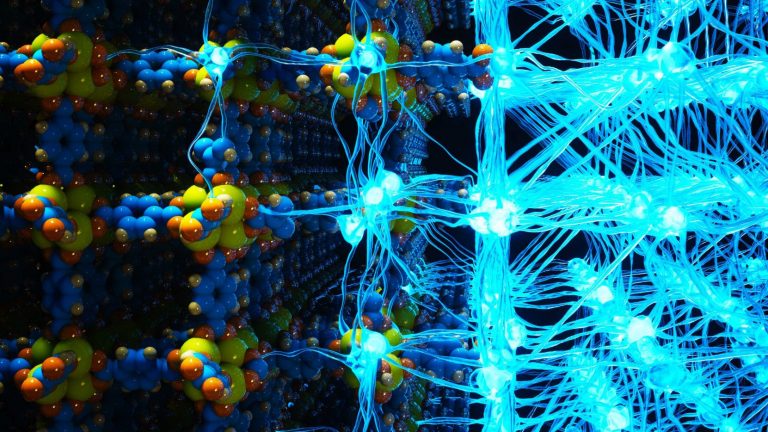
Chemical Reviews: Machine learning and MOFs
The recent review of Kevin, Mohamad, and Daniele can be found here: K. M. Jablonka, D. Ongari, S. M. Moosavi, and B. Smit, Big-Data Science in Porous Materials: Materials Genomics and Machine Learning Chem Rev (2020) http://dx.doi.org/10.1021/acs.chemrev.0c00004
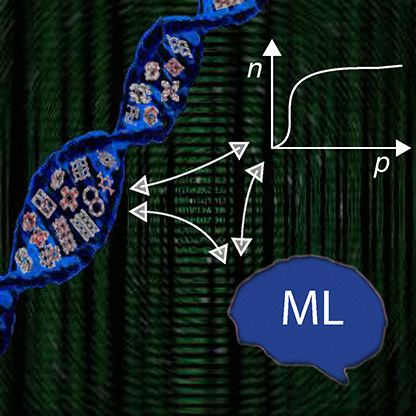
Big-Data Science in Porous Materials
K. M. Jablonka, D. Ongari, S. M. Moosavi, and B. Smit, Big-Data Science in Porous Materials: Materials Genomics and Machine Learning Chem Rev (2020) http://dx.doi.org/10.1021/acs.chemrev.0c00004 Abstract By combining metal nodes with organic linkers we can potentially synthesize millions of possible metal–organic frameworks (MOFs). The fact that we have so many materials opens many exciting (…)
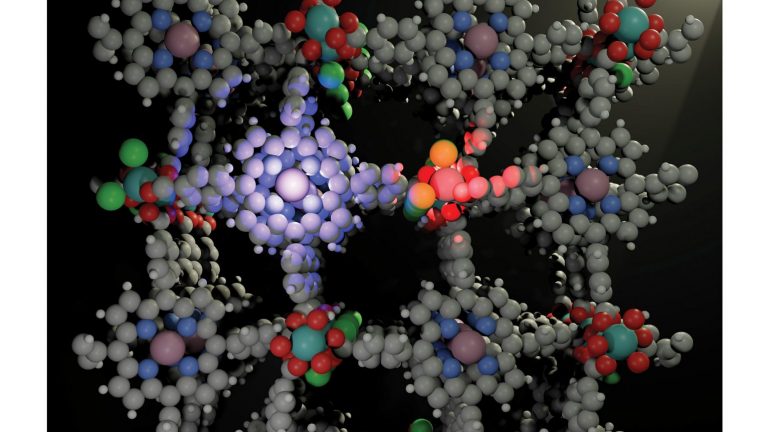
Andres’s work on the cover of Chem Mat
A porphyrin ruthenium-based photocatalytic active MOF is studied by ab initio calculations. Photoinduced electron transfer from the porphyrin to the ruthenium occurs upon light absorption, leading to charge separation. Ref: Chem. Mat. 32 (10), 4194 (2020) doi: 10.1021/acs.chemmater.0c00356